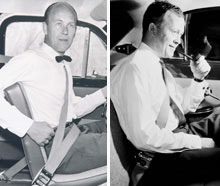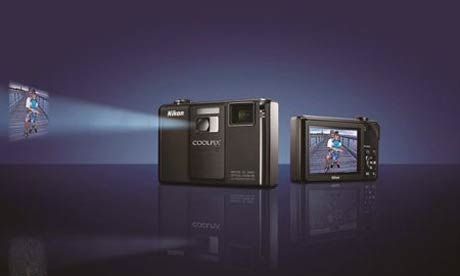
Nokia had earlier this year said it was considering entering the laptop industry, crossing the border between two converging industries in the opposite direction to Apple, which entered the phone industry in 2007 with the iPhone.
Nokia has seen its profit margins drop over the last quarters as handset demand has slumped, and analysts have worried that entering the PC industry, where margins are traditionally razor-thin, could hurt Nokia's profits further.
"We are fully aware what has the margin level been in the PC world. We have gone into this with our eyes wide open," Kai Oistamo, the head of Nokia's phone unit, told Reuters.
"There's really an opportunity to bring fresh perspective to the PC world," he said, adding that Nokia would introduce extended battery life and continuous connectivity.
Nokia has produced PCs before, but divested the unit in 1991 when it started to focus on the mobile phone industry.
But Nokia's first netbook, the Nokia Booklet 3G, will use Microsoft's Windows software and Intel's Atom processor to offer up to 12 hours of battery life while weighing 1.25 kilograms. Netbooks are low-cost laptops optimised for surfing the Internet and performing other basic functions. Pioneered by Asustek with the hit Eee PC in 2007, netbooks have since been rolled out by other brands such as HP and Dell.
"The question is: How will Nokia differentiate? This is already a crowded market. If they manage to differentiate it's going to give them competitive advantage," said Gartner analyst Carolina Milanesi. - www.reuters.com















































































































